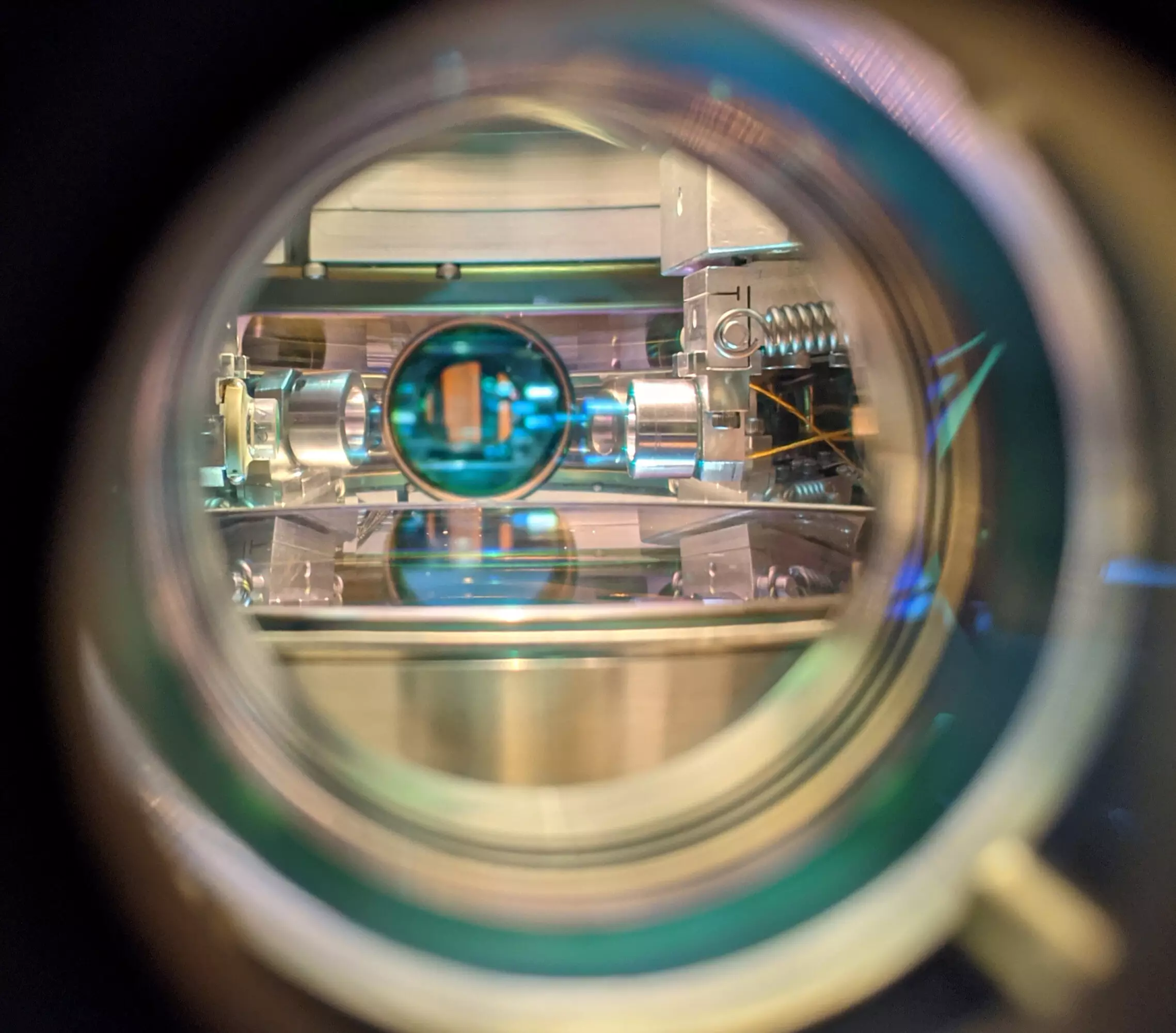Graph states, a class of entangled quantum states represented by graphs, have attracted significant attention in recent physics studies due to their unique properties. In these states, each vertex of the graph corresponds to an individual qubit, while the entanglement between qubits is shown as the edges of the graph. The utilization of graph states extends beyond qubits to continuous variables like the amplitude and phase of light, opening up new possibilities for quantum technologies.
One of the primary challenges in the field of quantum computing is the generation of graph states for arbitrary graphs. This process requires precise control over interactions that create entanglement between qubits. Achieving this high level of control has been a significant obstacle for researchers looking to harness the potential of these states for quantum computing applications.
A recent study conducted at Stanford University and the SLAC National Accelerator Laboratory has made a breakthrough in generating continuous-variable graph states using atomic spin ensembles. By treating the atomic spin ensembles as vertices of a graph, the researchers were able to demonstrate the creation of these complex entangled states. This advancement presents new opportunities for leveraging graph states in quantum computing and metrology systems.
For quantum computers and quantum-enhanced measurement tools to be effective in real-world settings, they must be both scalable and easily programmable. This means that they should support entanglement between multiple atoms and enable researchers to control correlations within the system. The research by Schleier-Smith and her team aimed to develop a scalable and programmable method for entangling atoms, laying the groundwork for more advanced quantum technologies.
The researchers utilized laser technology to manipulate atoms and control entanglement between them. By cooling atoms to near absolute zero and trapping them in optical tweezers, the team created an optical resonator where photons could bounce back and forth between mirrors. This discreet sharing of information between atom clouds enabled the generation of entanglement, leading to the formation of a four-mode square graph state.
The demonstrated approach developed by Schleier-Smith and her colleagues shows promise for programming entanglement between quantum nodes and generating graph states efficiently. This method could be instrumental in a wide range of applications, including quantum error correction, quantum-enhanced sensing, and even quantum computation. The ability to design quantum states optimized for specific tasks opens up avenues for using graph states in various industries and scientific endeavors.
Looking ahead, the research conducted by Schleier-Smith’s team could pave the way for the widespread adoption of graph states in quantum computing and metrology. The ability to engineer entangled graph states for specific applications, such as sensing and imaging, showcases the potential impact of this work. By extending their method to arrays of individually trapped atoms as qubits, the researchers hope to drive innovation in quantum technologies in the long term.
The generation of continuous-variable graph states represents a significant advancement in the field of quantum computing and quantum technologies. The successful demonstration of creating complex entangled states opens up new possibilities for leveraging graph states in various applications. By addressing scalability and programmability challenges, researchers like Schleier-Smith are paving the way for a quantum-powered future.


Leave a Reply